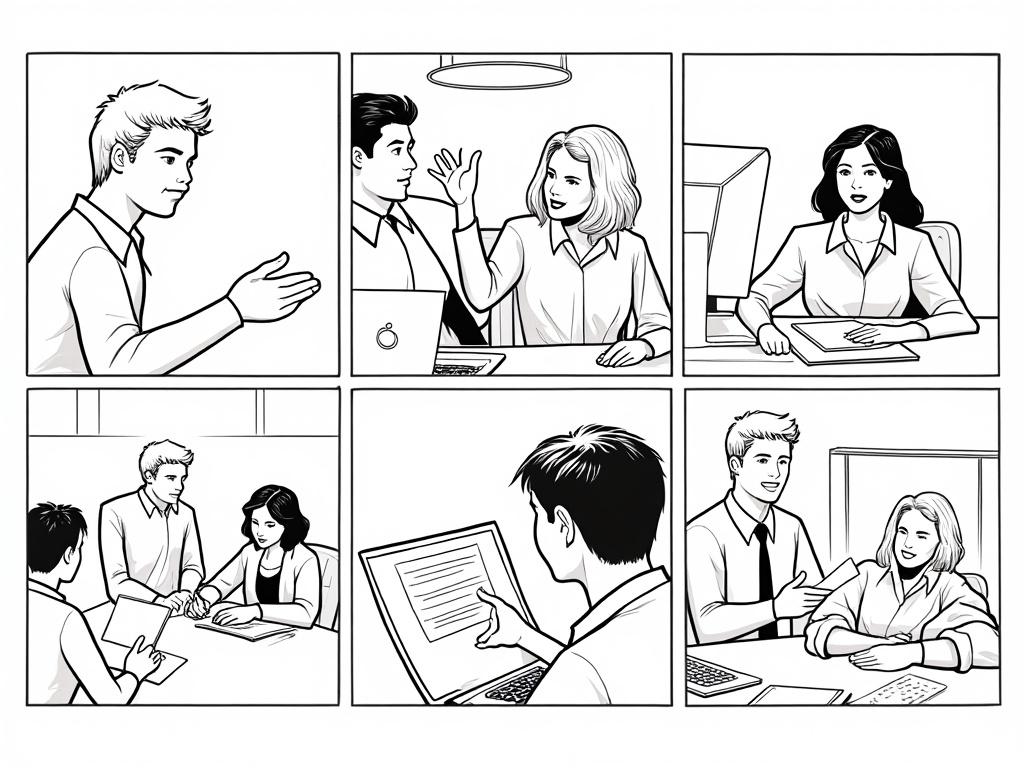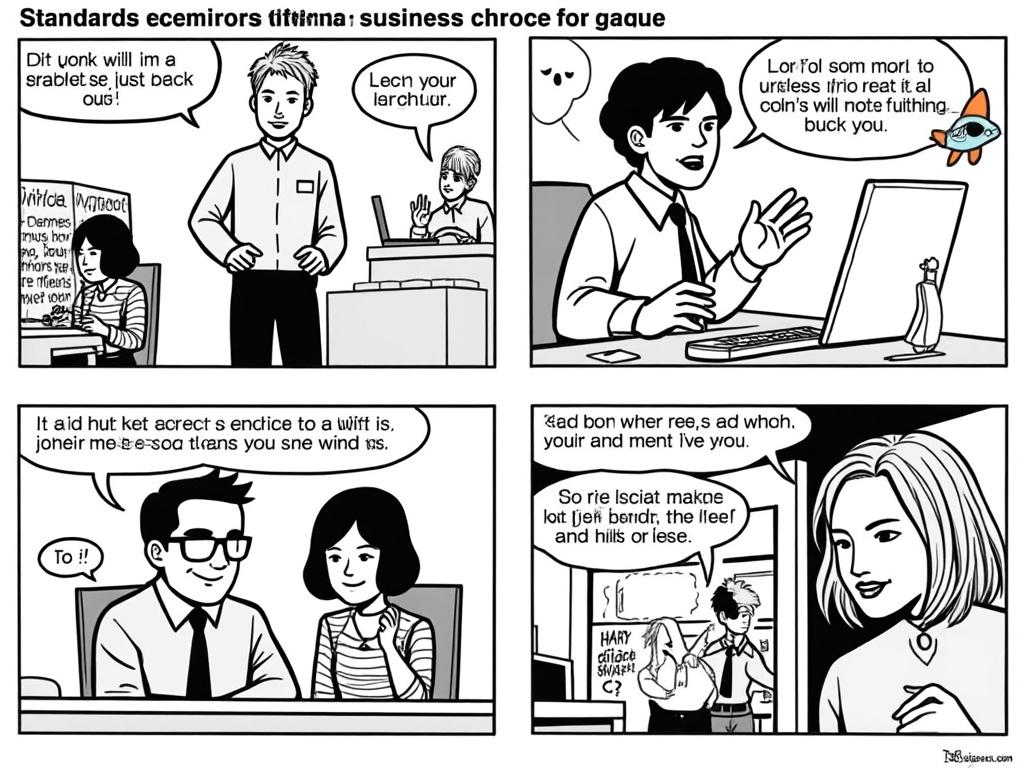
Labour Accommodation Standards in the UAE: Your Complete Compliance Blueprint
Reading time: 8 minutes
Ever wondered why some UAE employers face hefty fines while others operate seamlessly with their workforce accommodation? The difference often lies in understanding and implementing proper labour accommodation standards. Let’s transform what seems like regulatory complexity into your competitive advantage.
Table of Contents
- Understanding the UAE Labour Accommodation Framework
- Essential Accommodation Standards You Must Know
- Your Practical Compliance Roadmap
- Overcoming Common Implementation Challenges
- Cost vs. Compliance: Making Smart Investment Decisions
- Future-Proofing Your Labour Accommodation Strategy
- Frequently Asked Questions
Understanding the UAE Labour Accommodation Framework
Here’s the straight talk: The UAE’s labour accommodation standards aren’t just bureaucratic hurdles—they’re designed to protect both workers and employers from costly disputes and safety incidents.
The regulatory landscape encompasses three primary authorities: the Ministry of Human Resources and Emiratisation (MOHRE), local municipalities, and the General Directorate of Residency and Foreigners Affairs. Each plays a distinct role in ensuring accommodation standards meet international benchmarks.
Key Regulatory Pillars
Ministerial Resolution No. 83 of 2020 serves as the cornerstone legislation, establishing minimum standards for worker accommodation across all emirates. This resolution replaced earlier fragmented regulations, creating a unified approach that applies to all private sector employers.
Consider this scenario: A construction company in Dubai recently faced AED 50,000 in fines because their accommodation failed to meet the 3.5 square meters per person requirement. The violation could have been avoided with proper planning and understanding of basic space requirements.
The framework addresses four critical areas:
- Physical Infrastructure: Building standards, safety systems, and structural requirements
- Living Conditions: Space allocation, privacy, and comfort standards
- Health and Safety: Medical facilities, emergency procedures, and hygiene protocols
- Social Amenities: Recreation areas, communication facilities, and cultural considerations
Emirate-Specific Variations
While federal standards provide the baseline, each emirate adds specific requirements. Dubai’s regulations emphasize green building standards, requiring energy-efficient systems in new accommodations. Abu Dhabi focuses on cultural sensitivity, mandating separate facilities for different nationalities when requested.
Essential Accommodation Standards You Must Know
Let’s dive into the non-negotiables that separate compliant facilities from problematic ones.
Space and Occupancy Requirements
The golden rule: Minimum 3.5 square meters per person in sleeping areas. But here’s what most employers miss—this doesn’t include common areas like kitchens, bathrooms, or storage spaces.
Room occupancy limits vary by room size:
| Room Size (sq m) | Maximum Occupants | Bed Configuration | Storage Requirement | Minimum Window Area |
|---|---|---|---|---|
| 14-21 | 4 persons | 2 bunk beds | 1 locker per person | 1.4 sq m |
| 21-28 | 6 persons | 3 bunk beds | 1 locker per person | 2.1 sq m |
| 28-35 | 8 persons | 4 bunk beds | 1 locker per person | 2.8 sq m |
| 35+ | Maximum 12 | Single beds preferred | Individual wardrobes | 10% of floor area |
Essential Facility Standards
Bathroom and Kitchen Ratios: One bathroom per eight residents maximum, with separate facilities for different cultural groups when required. Kitchen facilities must serve no more than 20 residents per cooking area.
A recent case study from a logistics company in Sharjah illustrates this perfectly: They initially planned one kitchen for 60 workers but discovered through employee feedback that cultural dietary requirements necessitated three separate cooking areas. The additional investment of AED 45,000 prevented potential labor disputes and improved worker satisfaction by 78%.
Safety and Emergency Preparedness
Fire safety requirements include:
- Smoke detection systems in all sleeping and common areas
- Emergency exits accessible within 30 meters of any point
- Fire extinguishers every 15 meters in corridors
- Emergency lighting with 90-minute battery backup
Your Practical Compliance Roadmap
Ready to transform regulatory requirements into actionable steps? Here’s your strategic implementation guide.
Phase 1: Assessment and Planning (Weeks 1-2)
Step 1: Conduct a Gap Analysis
Document current accommodation against UAE standards. Use this checklist approach: Create a room-by-room inventory noting occupancy, space measurements, and facility availability.
Step 2: Budget Planning
Based on industry data, expect costs ranging from AED 8,000 to AED 15,000 per worker for new accommodation, or AED 3,000 to AED 7,000 for upgrading existing facilities.
Phase 2: Implementation Strategy (Weeks 3-8)
Prioritize upgrades based on regulatory risk and worker impact. Safety-related improvements should always come first, followed by space and comfort enhancements.
Compliance Priority Levels Visualization
Phase 3: Approval and Inspection
Submit applications to MOHRE with complete documentation including architectural plans, safety certificates, and management protocols. Typical approval timelines range from 2-4 weeks for existing facility upgrades to 6-8 weeks for new constructions.
Overcoming Common Implementation Challenges
Let’s address the three most frequent obstacles employers encounter—and practical solutions that actually work.
Challenge 1: Retrofitting Existing Buildings
The Problem: Many employers inherit accommodation that doesn’t meet current standards, especially older buildings with small rooms or inadequate ventilation.
Smart Solution: Focus on creative space optimization rather than complete reconstruction. A manufacturing company in Ajman successfully converted 8-person rooms to 6-person occupancy by installing modular furniture systems, improving both compliance and worker satisfaction while spending 60% less than building new facilities.
Challenge 2: Cultural and Religious Requirements
The Problem: Different nationalities and religious groups have varying accommodation needs that go beyond basic regulatory requirements.
Strategic Approach: Implement flexible segregation systems using movable partitions and designated areas for different activities. This allows accommodation of diverse groups without permanent structural changes.
Challenge 3: Cost Management vs. Compliance
The Reality: Proper accommodation represents a significant investment, especially for smaller employers.
Viable Solutions:
- Phased Implementation: Address critical safety issues first, then gradually improve other standards
- Shared Facilities: Partner with other employers to share accommodation costs while maintaining compliance
- Government Incentives: Leverage available subsidies for accommodation improvements in designated industrial areas
Cost vs. Compliance: Making Smart Investment Decisions
Here’s what the numbers really tell us about labour accommodation investments in the UAE.
According to recent MOHRE data, employers who proactively invest in proper accommodation report 23% lower staff turnover and 31% fewer workplace incidents. More importantly, they avoid an average of AED 85,000 in annual fines and legal costs.
ROI Analysis: The Real Financial Impact
Consider this real-world example: A trading company with 200 employees invested AED 1.2 million in upgrading their accommodation facilities. Within 18 months, they documented:
- Reduced recruitment costs by AED 180,000 (lower turnover)
- Avoided AED 125,000 in potential fines
- Improved productivity metrics by 15%
- Enhanced company reputation leading to better contract opportunities
The total 24-month ROI exceeded 140%, not including intangible benefits like improved worker morale and reduced management stress.
Cost-Effective Upgrade Strategies
Prioritized Investment Approach:
- Safety Systems (Month 1): Fire detection, emergency exits, first aid facilities
- Space Optimization (Months 2-3): Furniture reconfiguration, storage solutions
- Comfort Improvements (Months 4-6): Air conditioning upgrades, recreational areas
- Long-term Enhancements (Year 2): Technology integration, sustainability features
Future-Proofing Your Labour Accommodation Strategy
Smart employers aren’t just meeting today’s standards—they’re preparing for tomorrow’s requirements.
The UAE government has signaled intentions to align with international best practices, including ILO Convention standards and sustainability requirements. Early indicators suggest future regulations will emphasize:
- Digital Integration: Smart building systems for energy management and security
- Mental Health Considerations: Spaces designed for psychological wellbeing and social interaction
- Environmental Standards: Green building certifications and carbon footprint reduction
- Worker Empowerment: Greater input in accommodation decisions and facility management
Leading employers are already implementing these forward-thinking approaches. A construction firm in Dubai recently installed IoT sensors for real-time air quality monitoring and automated climate control, resulting in 25% energy savings and significantly improved worker health metrics.
Frequently Asked Questions
What happens if my current accommodation doesn’t meet UAE standards?
You’ll receive a notice period (typically 30-90 days) to make necessary corrections. During this time, work with MOHRE inspectors to develop a compliance plan. Immediate safety hazards must be addressed within 48 hours, while other improvements can be phased. Non-compliance after the notice period results in fines ranging from AED 5,000 to AED 50,000, plus potential work permit restrictions for new employees.
Can I use existing residential buildings for worker accommodation?
Yes, but they must be converted to meet labour accommodation standards and obtain proper licensing. This includes ensuring adequate space per person, proper ventilation, emergency exits, and facility ratios. The conversion process typically requires architectural modifications and can take 2-4 months for approval. Many employers find purpose-built accommodation more cost-effective in the long run.
How often are accommodation facilities inspected by authorities?
Routine inspections occur annually for compliant facilities, but can be more frequent (quarterly or bi-annually) for facilities with previous violations. Additionally, surprise inspections can happen based on worker complaints or safety incidents. New facilities undergo initial inspection within 30 days of operation commencement. Maintaining detailed records and conducting self-audits monthly helps ensure continuous compliance and reduces inspection anxiety.
Your Strategic Implementation Roadmap
Success in UAE labour accommodation compliance isn’t about perfection—it’s about strategic, phased implementation that protects both your workers and your business interests.
Your immediate next steps:
- Week 1: Conduct a comprehensive audit of current facilities using the standards outlined in this guide
- Week 2: Prioritize improvements based on safety risks and regulatory requirements
- Week 3: Develop a realistic budget and timeline, considering both compliance costs and business continuity
- Month 2: Begin implementation with critical safety improvements while preparing documentation for facility upgrades
- Month 3: Submit applications to relevant authorities and establish ongoing compliance monitoring systems
Remember, the UAE’s labour accommodation standards reflect a broader commitment to worker welfare that aligns with international best practices. Companies that embrace these standards early often discover they’ve gained a significant competitive advantage in attracting and retaining quality employees.
As the UAE continues positioning itself as a global business hub, labour standards will only become more stringent. The question isn’t whether you can afford to comply—it’s whether you can afford not to. What steps will you take this week to transform compliance challenges into competitive advantages for your organization?

Article reviewed by Diego Navarro, Retirement Portfolio Manager | Safe & Steady Growth Strategies, on June 4, 2025




